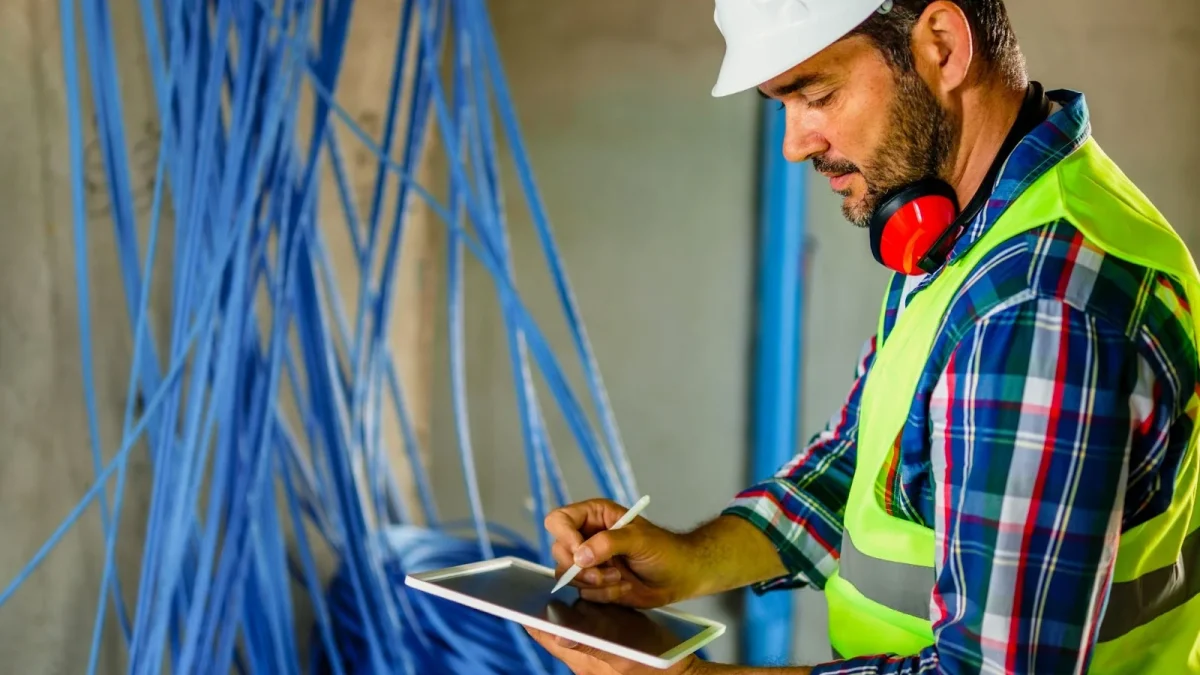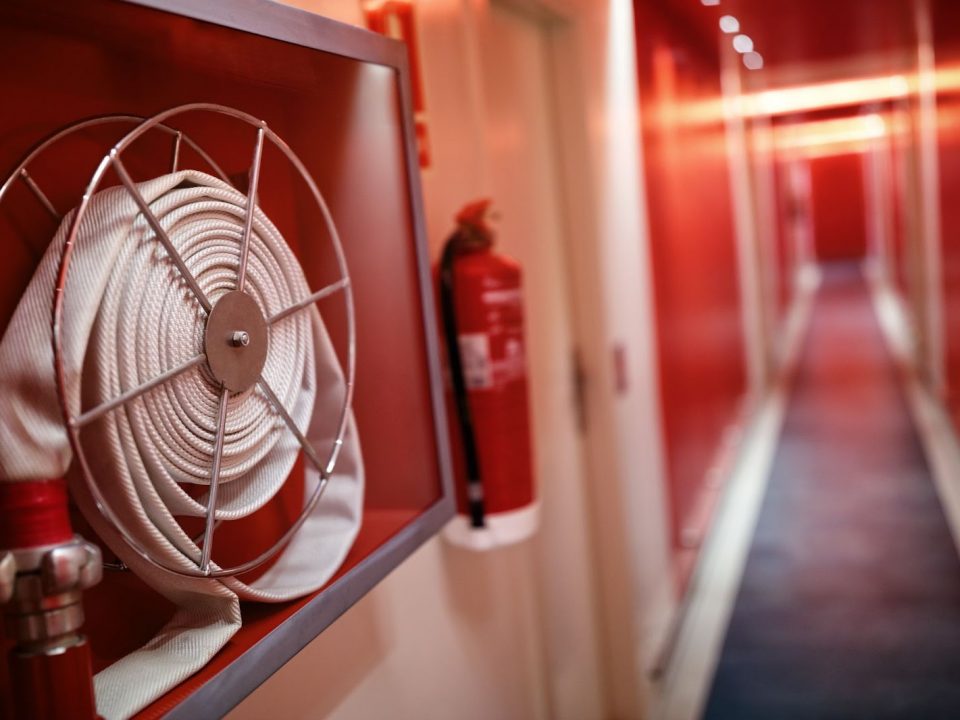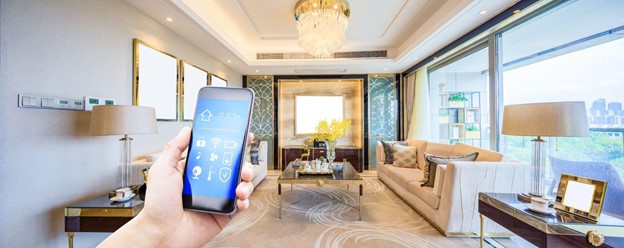Data cabling is the most important part of your business network infrastructure. If your data cabling infrastructure does not meet the current or future needs of your company, you might encounter a number of problems, including network congestion, network outages and overall poor performance.
Due to this, it’s vital to ensure that your data cabling infrastructure meets your needs and futureproofs your business, but how do you know what the best solution is? Here, we take a closer look at what you need to consider when selecting electrical data cabling solutions.
What is Data Cabling?
Electrical data cabling simply refers to the cables used to connect multiple devices to a single IT network. Sounds simple, right? Not quite.
When you consider the vast number of devices that most businesses now rely on and the importance of maintaining a fully functional IT network for optimal productivity, it’s easy to see why choosing the right data cabling solutions is essential.
Generally, individual devices are connected to a central communications cabinet via data cabling, which enables data to flow between the device and the cabinet. Depending on the size of the network and the physical location, a single communications cabinet may be sufficient. For larger sites, however, multiple cabinets may be required.
What Type of Data Cabling Do You Need?
When you talk to data cabling installers, you’ll soon realise that there isn’t just one type of data cable. Instead, there are various different types that can be used within your network infrastructure, including:
CAT 5E
CAT 5E cables are an enhanced version of the standard CAT 5 cables that were widely used some years ago. Although CAT 5E cables have been around for some time, they still remain popular amongst businesses that are looking for reliable and cost-effective data cabling. Officially, Cat 5E cables offer a maximum speed capability of 100MHz and 1 Gbps over a distance of 100 metres.
CAT 6
As you might expect, CAT 6 data cables succeeded CAT 5E as a ‘next-gen’ technology and are capable of delivering even better performance. CAT 6 cables also offer speeds of 1 Gbps over a distance of 100 metres but they can support higher speeds of up to 10 Gbps over shorter distances. Typically, a maximum distance of 55 metres is recommended if you want to benefit from speeds as high as 10 Gbps.
Data installations: Whether your business involves offices, retail units, data centres or banks, we can provide the CAT 5E & CAT 6 network cabling infrastructure. Large scale installations can be bespoke, designed to suit your business needs, working in collaboration with your IT provider.
As CAT 6 cables operate on frequencies up to 250 MHz, they are also capable of processing more data at one time. Additionally, there are stricter regulations for crosstalk and interference for CAT 6 cables, which means that users benefit from higher transmission rates and fewer errors.
Fibre
Although fibre cabling is available for network infrastructures, it’s rarely used for on-site data cabling. Instead, fibre cables are routinely used to cover longer distances, such as connecting a site or premises to a nearby roadside cabinet or telephone exchange. While many people associate fibre cables with superfast speeds, it’s rarely needed within a network environment. Instead, CAT 5E and CAT 6 are typically the preferred option for commercial data cabling installations.
What Type of Data Cabling is Right for Your Business?
Most companies use CAT 5E or CAT 6 cabling, but which one is right for your business? Both CAT 5E and CAT 6 are copper, twisted-pair wires that facilitate data transmission over 100 metres, so does it really matter which you choose?
The answer is, of course, YES! While there are similarities between CAT 5E and CAT 6 electrical data cabling, their capabilities and performance do differ, so it’s important to make the right choice if you want to create and maintain the best network infrastructure for your organisation.
What Speeds Do You Need?
Although CAT 6 cables offer higher speeds over shorter distances, you may not need speeds as high as 10 Gbps (or have the hardware to support such high transmission rates!). If so, CAT 5E may be sufficient to meet your needs.
How Much Bandwidth Do You Need?
When you consider data cabling business uses, it’s easy to see why so many networks become overburdened. As your business evolves and you add more devices to the network, it’s important to make sure that your cabling can cope with the extra demand.
If you’re adding a large number of devices, the enhanced bandwidth and reduced interference available with CAT 6 cables could be just what you’re looking for.
Is Your Business Futureproofed?
When you’re considering what type of cabling to use, talk to your chosen installation company about futureproofing your business. Cat 5E cables might meet your needs now, but will they be sufficient in months or years to come as your business expands and technology evolves?
What Are the Cost Implications?
Although CAT 6 cables are typically more expensive than CAT 5E, the actual cost difference between the two can be surprisingly small. Due to this, many businesses are choosing to futureproof their network infrastructure by installing CAT 6 cables from the outset. After all, it can be far more cost-effective to install next-gen cables now rather than ripping out and replacing outdated cables as your business switches to newer technology.
Data Cabling Installations from Edmont
At Edmont, we’re committed to helping you find the best solutions for your business. Whether you’re building a small network with a limited number of devices or a sprawling infrastructure that covers numerous floors or units, we’ll help you create a network that offers optimal performance for your organisation.
With bespoke designs for large-scale installations, our team will collaborate with your IT service providers to ensure a seamless transition and minimal disruption. To learn more now, talk to our experienced team today on 01793 825765 or email us at mep@edmont.co.uk.




